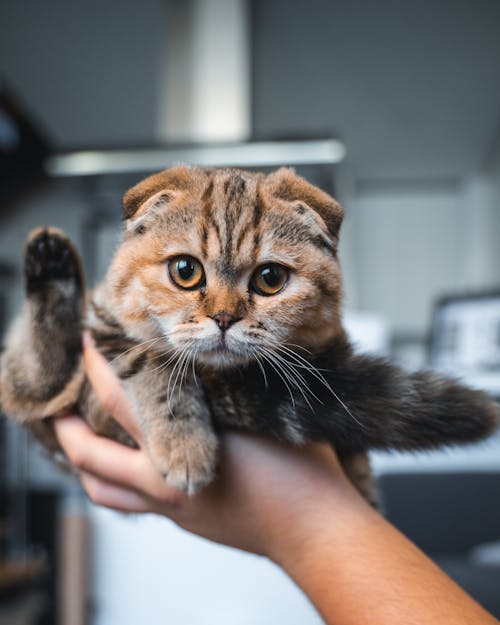Pet Grooming 101: Your Ultimate How-To Guide for a Happy & Healthy Pet
This ultimate guide to pet grooming offers practical advice for pet owners aiming to keep their companions healthy and happy. Uncover the must-know grooming techniques, tools, and tips, tailored to different breeds and lifestyles. Learn why grooming is vital beyond appearance, impacting overall health and well-being.
The Comprehensive Benefits of Pet Grooming
Pet grooming is an integral aspect of pet ownership that extends well beyond superficial reasons. Regular grooming can greatly enhance your pet's mood and physical well-being. For pet grooming, consistency is crucial; it not only helps to keep their coats clean but also allows you to detect any potential health issues early. Over time, many pet owners notice a marked improvement in their pet's behavior and comfort levels when grooming becomes a regular fixture in their lives. Additionally, grooming minimizes odors and maintains good hygiene, contributing to a happier pet and home.
Grooming Tools You Should Have
To ensure successful pet grooming, it's imperative to have the right tools at your disposal. Basic grooming kits should include brushes, combs, nail clippers, and suitable shampoos. Depending on your pet’s coat type, you may need specialized brushes for effective grooming. Remember to choose high-quality products that cater to your pet’s specific needs. Tools should be safe and easy to use; thus, becoming familiar with each tool's purpose and application can simplify the grooming process. As you navigate pet grooming, investing in the right equipment will make for a positive experience.
Tailoring Grooming Techniques to Different Breeds
Every breed has unique grooming demands that are essential to understand for effective care. For example, long-haired dogs require more frequent grooming than short-haired breeds. By familiarizing yourself with your pet's specific needs, you can create a customized pet grooming strategy. Pay attention to factors like sensitivity to touch and fear of certain tools, as these can significantly affect your pet's grooming experience. Moreover, recognizing breed-specific health concerns can lead to more informed grooming practices that ensure a better outcome for your pet's well-being.
The Psychological Benefits of Grooming
Interestingly, pet grooming also offers remarkable psychological benefits. The process can act as a soothing ritual for both you and your pet. Not only does grooming help relieve stress, but it also fosters a deeper bond through tactile touch and care. Feelings of anxiety can often be alleviated with regular pet grooming sessions. Furthermore, this positive reinforcement can help your pet become more accustomed to handling and reduce anxiety around baths or trims. So, in addition to physical upkeep, pet grooming enhances emotional health, creating a happier pet.
Paw-sitive Impact of Grooming on Social Interactions
Good grooming has a profound effect on a pet’s social life. Dogs and cats that are well-groomed tend to be more welcomed in social settings, whether at parks or during playdates. Pet grooming contributes to a pet’s self-esteem, influencing their ability to interact with others. By ensuring your pet is clean and smelling fresh, you can improve the likelihood of positive interactions with other animals and humans alike. As a pet owner, these outcomes reinforce why maintaining regular grooming is essential for your furry friend's overall happiness.
Conclusion: The Path to Stress-Free Pet Grooming
Finding a balance in pet grooming techniques can take time, but the rewards are well worth it. With a comprehensive understanding of grooming tools, techniques, and frequency, both you and your pet will enjoy the grooming process. Regular pet grooming affects more than just cleanliness; it promotes health, confidence, and enhanced social connections. Ultimately, by embracing a positive pet grooming routine, you are contributing to the long-term happiness and well-being of your cherished companion.
